Flood hazard in a changing climate
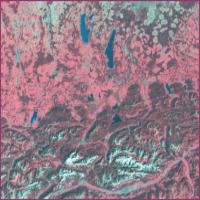 |
In 2008, the CEDIM started the new joint research project “flood hazard in a changing climate” after the FZK joined CEDIM. With the FZK CEDIM got access to high competences for the areas of regional climate modeling. In the new project the competences in regional climate modeling and hydrological modeling for Eastern Germany, the low mountain range area, and the Alpine region of the participating institutes IMK-TRO (FZK/Karlsruhe University), IWG (Karlsruhe University), IMK-IFU (FZK), and the hydrology section of GFZ are combined.
» Flood hazard in a changing climate
|
Changes of flood risk within the catchment of river Elbe
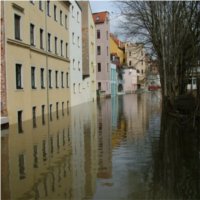 |
For decades, flood damages have been increasing. Nonetheless, it is still unclear which factor has the highest influence on this trend. The project “Changes of flood risk within the catchment of river Elbe” assesses changes of the vulnerability and the risk of flood damages to residential buildings between 1990 and 2020. Methodical approaches and results of the previous CEDIM project “Flood hazard in a changing climate” will be used.
» Changes of flood risk within the catchment of river Elbe
|
Hail Risk and Climate Change (HARIS-CC)
 |
Within the project HARIS-CC (Hail Risk and Climate Change) changes of the hail hazard and hail risk are quantified from an ensemble of high-resolution regional climate models. The examination uses comprehensive hail statistics derived from various data sets (e.g., damage data, radar data, lightning data) for the federal state of Baden-Württemberg.
»Hail risk and climate change |
Natural Disasters and Traffic
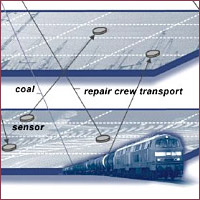 |
The reliable functioning of infrastructures has become a crucial concern in today's society. Disruptions in infrastructure systems like energy, water, sewage, communication and transportation networks usually entail broad regional, national and global consequences. This project's focus is on transportation networks. Network theory, transport modelling and economic theories serve to obtain a better understanding of disruptions caused by natural hazards and their effects on the economy and network activities.
» Natural disasters and traffic
|
Power blackout management
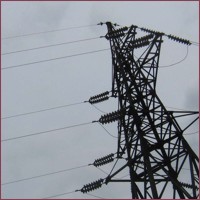 |
Although German power grids meet high security standarts, electricity supply systems can be disrupted by technical failure, human failure, sabotage or natural disaster. During the last years several power blackouts occurred, e.g., the power blackouts in Switzerland and Italy 2008 and the power disruption in the central and southern part of Europe in 2006, causing large-scale and long-term supply disruptions.
The main objective of the project is the development of a handbook, which can be used for decision support within operative and strategic crisis management in the event of large-scae power blackouts.
» Power blackout management
|
Indirect losses
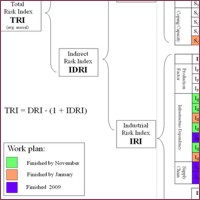 |
The project-spanning working group "Analysis of the Indirect Disaster Vulnrability" (VAG) was founded in May 2008. It focus is the understanding of indirect losses of disasters and their complex underlying processes at different spatial levels in the context of climate change.
» Indirect losses
|
Humans as sensors
 |
For disaster management and rapid loss estimation, it is important to obtain an overview of loss and liked disturbances as comprehensive as possible. The necessary information is provided by various sources (e.g., observations of task forces, different sensors, aerial and satellite images) and needs to be consolidated and jointly evaluated in order to be used for disaster management decisions nd post-event analysis.
In the past, observations of eye witnesses and the local population were rarely integrated in disaster management and rapid loss estimation. However, this information can contribute significantly to the assessment of the post-event situation, particularly for events of larger geographical extent or those with parameters that are hard to measure.
» Humans as sensors
|








